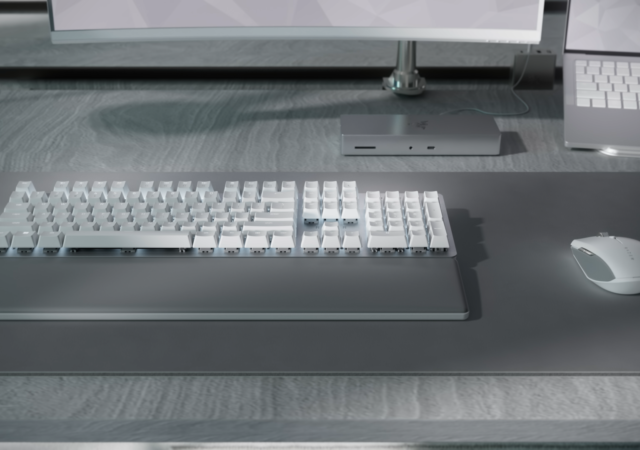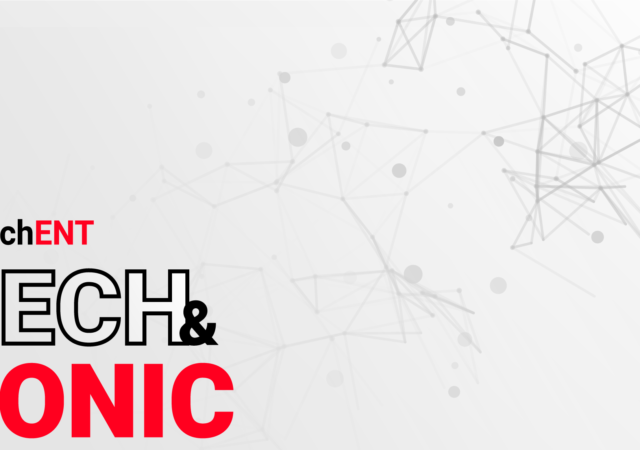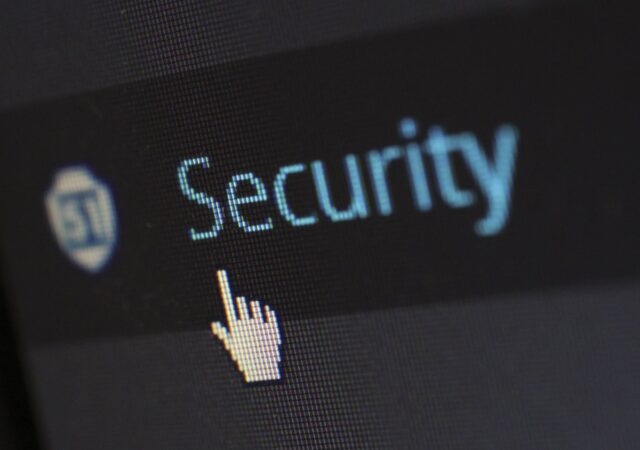Razer launches the Razer Pro brand to the world of productivity focused peripherals. They launched three new products to fit the office.
Tech & Tonic Podcast – A Peek Into Our Pandemic Driven Lives
In this episode of the Tech & Tonic Podcast, our editors, Darwin and Jeevan get a little personal as they speak on their current realities with working from home thanks to the COVID-19 pandemic. In the past weeks, Malaysia has…
Honeywell Empowers ASEAN Companies with New Solutions
Honeywell shows off their many solutions developed to allow ASEAN companies to cope with the changing needs of the pandemic.
The Future of Work: A Shift from HQ to Business Center
The future of businesses is quickly changing with the COVID-19 pandemic. More and more businesses empower work from home while maintaining or increasing productivity, So where do we go from here?
Can cybersecurity keep up with flexible work arrangements?
As companies move to a remote workforce in light of the COVID-19 pandemic, they face an unprecedented cybersecurity risk as they are forced to widen their network. So what can companies do about it?
Why Technology is The Key to Malaysia Overcoming the Fallout from COVID-19
Moving forward, post COVID-19, the world is changed – bringing some credence to the phrase “the new normal”. How are businesses going to adapt? What can they do to survive?
[Podcast] Tech & Tonic Featuring Joshua Vergara & Isa Rodriguez: Motorola’s Big Comeback, Flagships v Affordability & Working from Home during the Pandemic
This week’s Tech & Tonic Podcast features Joshua Vergara and Isa Rodriguez sharing their views with us when it comes to the new Motorola Edge, Affordability and Flagships and Working From Home.
1 Week into the RMO – Staying Active is Important
We have hit one week in our government issued RMO. Staying active at home is as crucial as staying active at work though. Help is all around.










